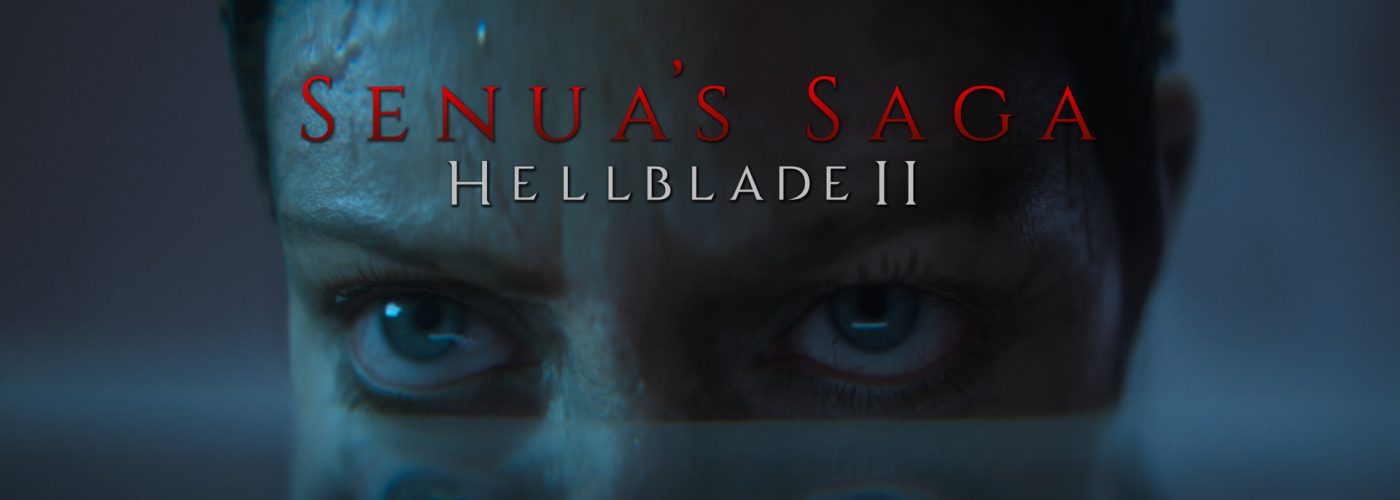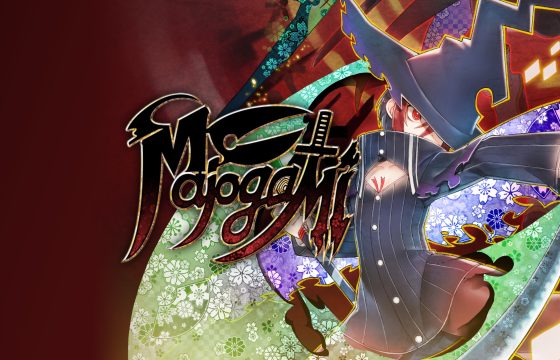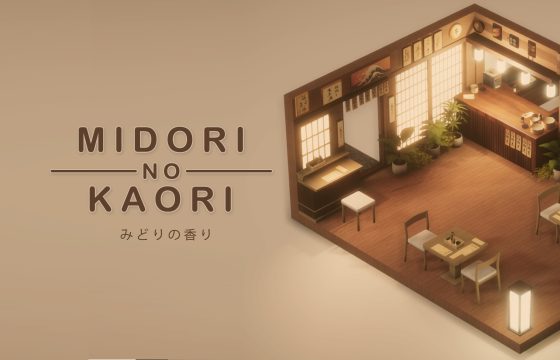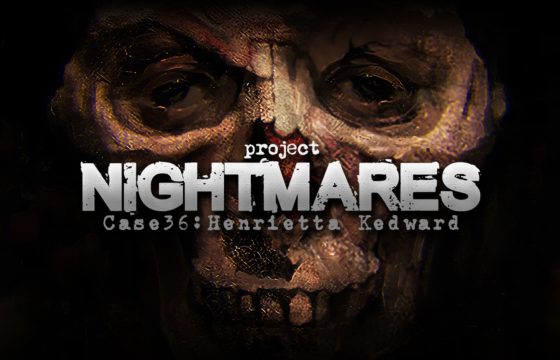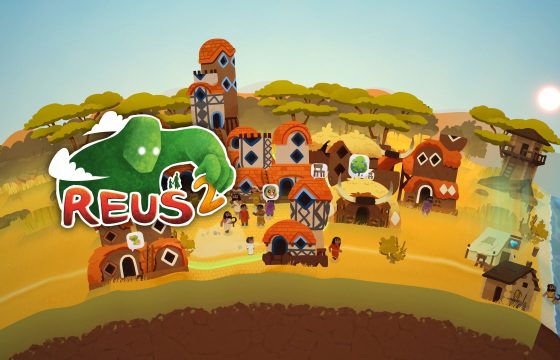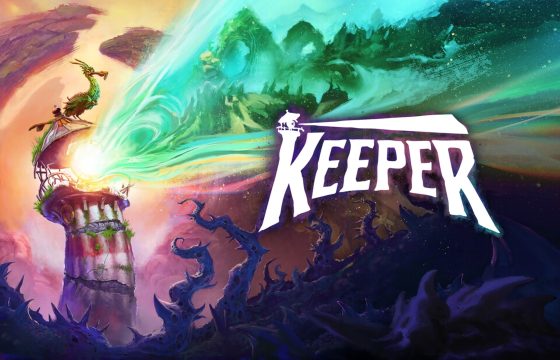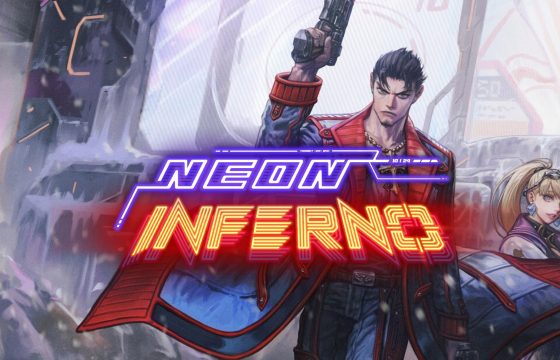Hellblade 2 is a Journey Through Darkness and Redemption: Senua’s Astonishing Evolution Amid Combat, Psychosis, and Visceral Beauty
Hellblade 2: Senua’s Saga marks a triumphant return to the dark, inner world of Senua, a Norse warrior torn by trauma and psychosis. Developed by Ninja Theory, this sequel delves deeply into Senua’s inner journey toward redemption, vengeance, and acceptance of her inner demons, crafting an adventure that is both moving and intense. As her saga continues, Senua faces an even darker and more terrifying threat than in Hellblade: Senua’s Sacrifice. The story picks up where the first game left off, adding new emotional and psychological layers to Senua, making her character even more complex.

Senua is haunted by a group of slavers operating through a sinister organization with a purpose that goes beyond capturing and subduing—they seek to break the will of their victims. In response, Senua embarks on a journey to free oppressed souls, a mission that pits her against giants and dark creatures. Yet each adversary represents more than a physical enemy—they manifest her deepest fears. Giants like Sjarravisi, the Sea Giant, and Borgarvir, the Forest Lord, symbolize not only nature’s raw power but also Senua’s insecurities, past traumas, and the fragility that has scarred her soul. These giants act as mirrors to Senua’s spirit, challenging her inner strength and inviting her to rediscover her worth and grow.
The Evolution of Combat Mechanics
One of the defining features of the first Hellblade was the physical and realistic combat, which Ninja Theory has further refined in this sequel. In Hellblade 2, the combat system is sharper, brutal, and more immersive, allowing players to feel every hit resonate in their bones. Although the controls remain intuitive, the combat intensity has increased: every blow dealt or taken leaves visible and lasting marks on both Senua and her foes, creating a visual impact that amplifies the action. Thanks to advanced motion capture, the animations are highly detailed, making each battle feel like a brutal dance, intensified by slow-motion strikes and a swelling soundtrack. Players feel both vulnerable and empowered, experiencing each skirmish as if it were a high-stakes fight for survival.

A particularly memorable scene unfolds early in the game, where Senua faces off against a group of slavers. This battle is a true test of endurance and determination, marked by rapid executions and powerful slashes, evoking some of the most intense moments from games like The Last of Us Part II. In addition, tension is heightened by a sound design that blends crashing waves, crackling fire, and natural ambient sounds with Senua’s inner cries. Even the voices in her head—her “furies”—continue to torment her, but now with a sense of awareness and control. These voices no longer signify just chaos but sometimes offer hints, critiques, or praise, deepening the player’s connection to Senua’s struggle.
The Challenge of Puzzles and Senua’s Psychological Growth
In the first game, puzzle-solving centered around vision and symbol recognition, which sometimes felt repetitive. Hellblade 2, however, reimagines these puzzles to reflect Senua’s psyche and the dark world around her. Interwoven with the narrative, each puzzle demands a deeper understanding of Senua’s psychosis and experiences. Some puzzles require players to observe the environment in alternative ways, such as by manipulating scenes to reveal hidden passages or symbols—similar to the environmental puzzles in Alan Wake II.

The game’s subterranean section exemplifies how puzzles become integral to Senua’s journey. As she ventures into caves and dark places, she confronts her deepest fears and unsettling memories tied to her father. These puzzles strip her psyche bare, allowing the player to feel anxiety and anguish, emotions Senua grapples with every time her father’s voice echoes in her mind. It’s in these moments that Senua’s psychological growth becomes clear: once a victim of her fears, she begins to control them, transforming her vulnerability into strength as she learns to separate her own identity from the voices haunting her.
Portraying Psychosis: A Unique and Insightful Approach
One of the series’ standout elements is Ninja Theory’s approach to depicting psychosis and mental disorders. In Hellblade 2, this portrayal is even more nuanced, as the development team collaborated with mental health experts and individuals with firsthand experience of psychosis to ensure accuracy. The “furies” are still present, but now with added depth: they no longer only reflect Senua’s fear and anxiety but also her moments of strength and self-awareness. This duality allows us to see Senua as someone striving to balance her identity with the inner voices that accompany her journey.

Sound design plays a critical role in this portrayal. The voices—whispered, shouted, or spoken—move around the player through binaural audio technology, creating a sense of complete immersion. At certain points, the voices feel so intense and close that the player feels Senua’s frustration and fear as their own. At the same time, these voices sometimes serve as guides, helping Senua decipher symbols or detect hidden threats. This dual role emphasizes how Senua has begun to coexist with her psychosis, using it as a survival tool.
Setting and Groundbreaking Graphics
Ninja Theory has harnessed the power of Unreal Engine 5 to bring Hellblade 2’s graphics to an astonishing level. The Icelandic landscapes are rendered with such realism that they resemble living paintings: cliffs plunging into the sea, misty forests, and ominous volcanoes are all crafted with exquisite detail. With Nanite technology, each visual element is packed with breathtaking detail, making every scene an artwork in itself. The Lumen dynamic lighting system further enhances this realism, as real-time light and shadow shifts create an atmosphere rich with mystery and danger.

The underground caverns and enclosed spaces are particularly striking, with shadows enveloping every corner and dim lighting accentuating the realistic textures of rocks and materials. This dark, visceral environment contrasts starkly with the grandeur of open spaces, creating a dichotomy of light and shadow that mirrors Senua’s internal journey. Every step, every explored angle, feels like stepping into a world where the boundaries between reality and imagination blur, inviting the player to explore not only the external world but also Senua’s subconscious.
A Soundtrack That Resonates Emotionally
The soundtrack of Hellblade 2 is designed to evoke profound and powerful emotions. With dark and disturbing tones, the music alternates with moments of deep silence, heightening the sense of isolation and danger. Each track feels perfectly synchronized with Senua’s actions and emotions, guiding players through every phase of her journey with cinematic quality. Melina Jürgens’ portrayal of Senua stands as one of the most moving performances in video games: her expressions, gestures, and voice capture her suffering and courage. Her nuanced performance makes every moment with Senua unforgettable, highlighting the character’s evolution since the first game.
The entire cast’s cinematic execution is exceptional, and the combination of powerful acting and advanced motion-capture techniques transforms the narrative into something close to an interactive film. The game provides a profound look into Senua’s inner struggles, showing that healing is not a linear process but a journey filled with successes and setbacks, where self-discovery becomes more vital than reaching a final goal.

Conclusion
Hellblade 2: Senua’s Saga is a triumph of creativity and innovation within the gaming industry. With its powerful storytelling, authentic depiction of psychosis, and visceral combat system, the game transcends being merely interactive entertainment to become a profound reflection on inner strength, forgiveness, and acceptance. Ninja Theory has crafted a piece that not only entertains but educates and raises awareness, offering a sincere and accurate vision of mental health. With a blend of cutting-edge graphics, an emotionally engaging soundtrack, and moving storytelling, Hellblade 2 stands as one of the most impactful experiences of recent years—a title that leaves a lasting mark on the hearts of players and in the world of modern gaming.

Hellblade 2: Senua’s Saga
PRO
- Exceptional world-building and storytelling
- Remarkable performances by Melina Jürgens and the cast
- State-of-the-art technical execution
- Outstanding sound design using binaural audio
- Iconic environments
- Enhanced, more powerful combat
CON
- Themes may be challenging for some audiences
- Imbalance in difficulty during the final combat
- Two puzzles disrupt the game’s pacing at the beginning and near the end
- Narrow timing windows in some boss fights against giants

